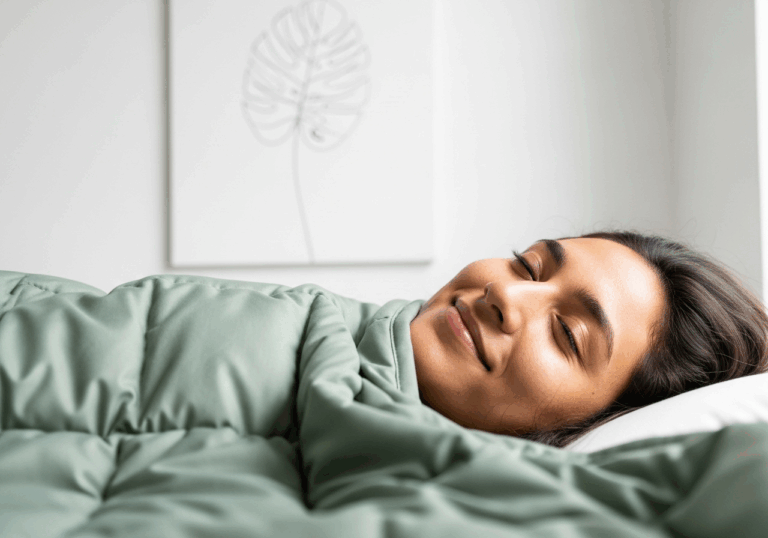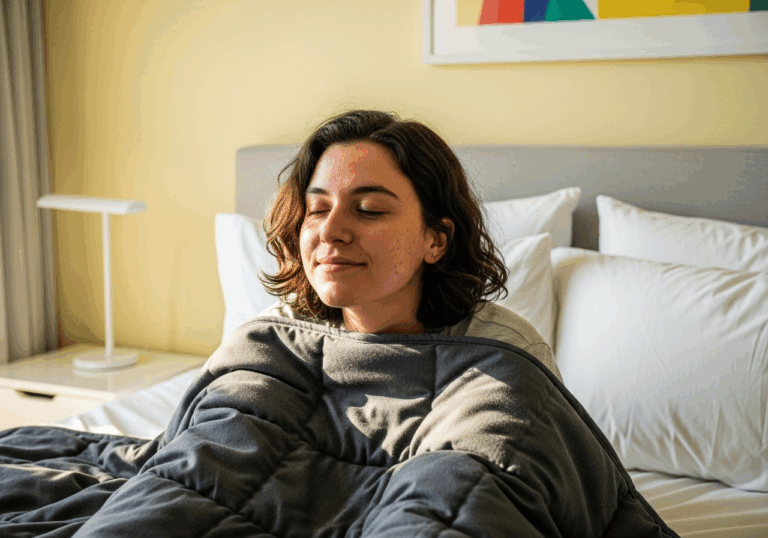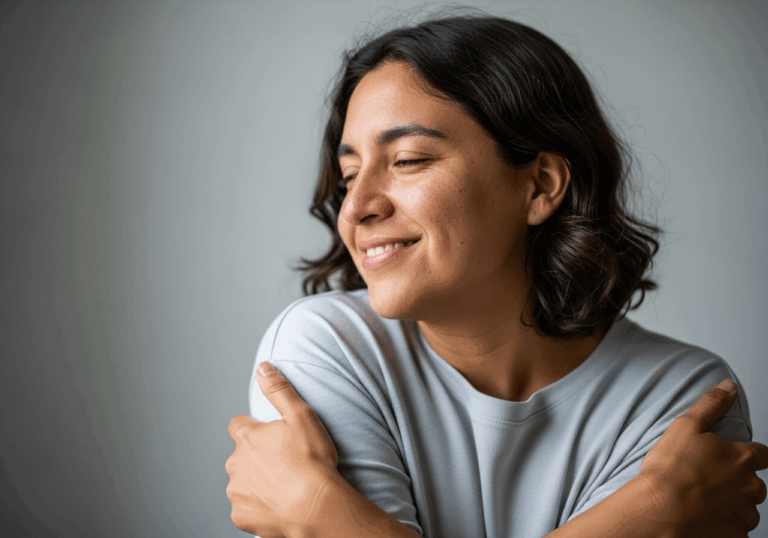Science-Backed Tips
Reduce Anxiety with Tactile and Olfactory Stimulation
Combined sensory inputs can lower anxiety scores by 42.3%.
📊 Did you know?
💡 Why It Matters
1️⃣
Reducing anxiety by over 42% can significantly improve daily functioning and quality of life.
2️⃣
Enhanced mood stability through sensory engagement may lead to lower healthcare costs associated with anxiety disorders.
3️⃣
Incorporating sensory experiences into therapeutic practices can provide effective, non-pharmacological interventions for anxiety.
✅ Try These Micro-Tips
🎯
Engage in 15-minute sessions of texture exploration paired with calming scents daily.
🎯
Create a sensory corner at home with various textures and soothing aromas for regular use.
🎯
Participate in guided multisensory workshops at least once a month.
🎯
Practice mindfulness by focusing on tactile and olfactory sensations during daily activities.
📚 The study
This significant reduction in anxiety not only highlights the potential of sensory experiences in therapeutic settings but also underscores the importance of innovative, non-pharmacological interventions for mental health.
By engaging multiple senses, individuals can experience enhanced mood stability, which can lead to improved daily functioning and a better quality of life.
Furthermore, the implications of this study extend beyond personal well-being; reducing anxiety can also contribute to lower healthcare costs associated with anxiety disorders.
As we continue to seek effective ways to manage anxiety, incorporating sensory experiences into therapeutic practices may offer a promising avenue for those seeking relief from anxiety-related challenges.
This research invites us to rethink traditional approaches to anxiety management and consider how immersive sensory inputs can play a vital role in fostering emotional well-being.
❓ Frequently Asked Questions ❓
Learn more
How does texture exploration help reduce anxiety?
Texture exploration engages the senses, providing a calming effect that can significantly lower anxiety levels. This sensory engagement promotes mood stability through the combination of tactile and olfactory stimulation.
What was the percentage reduction in anxiety scores observed in the study?
Participants experienced a reduction in anxiety scores by 42.3% when exposed to textures and scents. This significant decrease highlights the effectiveness of multisensory environments in promoting mental well-being.
How can I incorporate sensory experiences into my daily routine?
You can engage in 15-minute sessions of texture exploration paired with calming scents each day. Additionally, practicing mindfulness by focusing on these sensations during daily activities can enhance the experience.
What are some examples of textures I can use at home?
You can create a sensory corner at home with various textures such as soft fabrics, rough surfaces, and natural materials. Incorporating soothing aromas like lavender or chamomile can further enhance the calming effect.
How often should I participate in multisensory workshops?
It is recommended to participate in guided multisensory workshops at least once a month. These workshops can provide structured opportunities to explore textures and scents in a supportive environment.
What is the STAI–S and how is it used in this context?
The STAI–S is a standardized tool used to measure state anxiety levels in participants. In this study, it was utilized to assess the effectiveness of sensory experiences in reducing anxiety.
Can sensory engagement lead to lower healthcare costs?
Yes, enhanced mood stability through sensory engagement may lead to lower healthcare costs associated with anxiety disorders. By providing effective non-pharmacological interventions, sensory experiences can reduce the need for more expensive treatments.
What types of scents are most effective for calming anxiety?
Scents such as lavender, chamomile, and sandalwood are commonly known for their calming properties. Incorporating these soothing aromas with texture exploration can enhance the overall anxiety-reducing effect.
Is texture exploration suitable for everyone?
While texture exploration can benefit many individuals, it is important to consider personal preferences and sensitivities. Consulting with a healthcare professional can help determine if this approach is appropriate for specific anxiety conditions.
How quickly can I expect to see results from sensory engagement?
Participants in the study experienced a significant reduction in anxiety scores after engaging in sensory experiences. While individual results may vary, many people report feeling calmer and more stable after just a few sessions.





